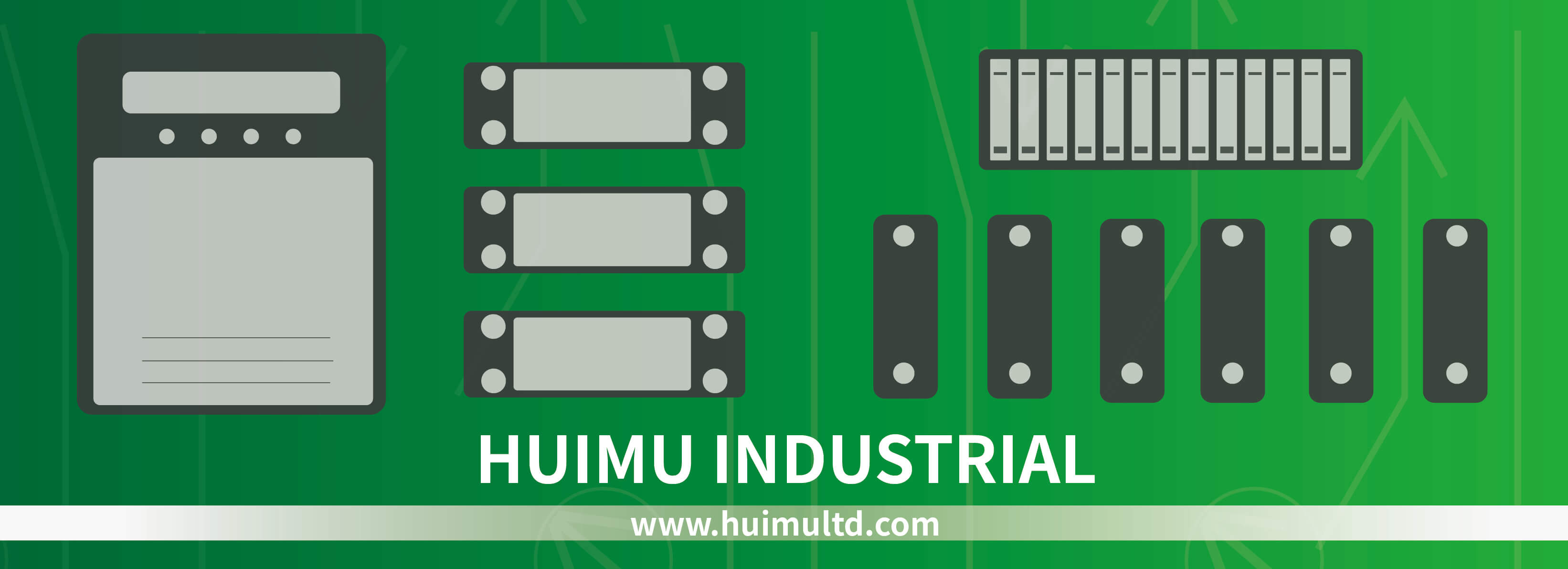
Location: Home > Applications > Automatic Control System
Electric Control Cabinet

The electric control cabinet put all electric equipment into a closed or semi-closed cabinet, and then place the status display and control buttons of each equipment on the surface of the cabinet. The electric control cabinet can greatly improve the stability, safety, expansibility, and anti-interference ability of the electric equipment. The electric control cabinet can also greatly reduce the safety risks of maintenance and operating personnel, and improve the convenience of their operation and maintenance. Electrical control cabinets are often used in elevators, HVAC, rolling mills, belt conveyors, etc.
Distribution Cabinet
 Introduction:
Introduction:
The distribution cabinet (or power distribution cabinet) can distribute the power from the upper level in the power grid to nearby load device, and will also protect, monitor and control all the device.
Working principle:
1. Input voltage, current, power and other parameters through the panel.
2. The control circuit distributes electric energy to each load in the lower level.
The role of solid state relays:
1. Control the working status of actuators.PLC Control Cabinet
 Introduction:
Introduction:
The PLC control cabinet integrates the PLC system and the electrical system into a metal cabinet. The PLC control cabinet can control the working status of multiple motors and switches, and has protection functions such as overload, short circuit, and phase loss protection.
Working principle:
1. Input speed, time and other parameters through the panel.
2. Control the working status of multiple motors and switches.
The role of solid state relays:
1. Control the working status of actuators.Frequency Cabinet
 Introduction:
Introduction:
Frequency cabinet, also known as cabinet type frequency converter, is used to control the working status of high-power motors. The frequency cabinet can supply variable frequency power to motors to achieve the purpose of energy saving and speed regulation. The frequency cabinet also has protection functions such as overload, overvoltage, and overcurrent.
Working principle:
1. Input speed, time and other parameters through the panel.
2. Control the working status of multiple motors.
The role of solid state relays:
1. Control the working status of actuators.Reactive Power Compensation Cabinet
 Introduction:
Introduction:
The reactive power compensation cabinet, also known as cabinet type reactive power compensation controller, is used to increase the power factor of the power grid to reduce the loss of power supply transformers and transmission lines, so as to improve power supply efficiency, improve power grid quality, and improve the power supply environment.
Working principle:
1. Input parameters through the panel.
2. Adjust the power factor of the grid.
The role of solid state relays:
1. Control the working status of actuators.Recommended Solid State Relay
Get in touch with us now!
Please take a minute or two to complete this simple form to get reply in 24 hours, thank you!
*Please check the trash box of your mailbox, if you do not receive our email.



